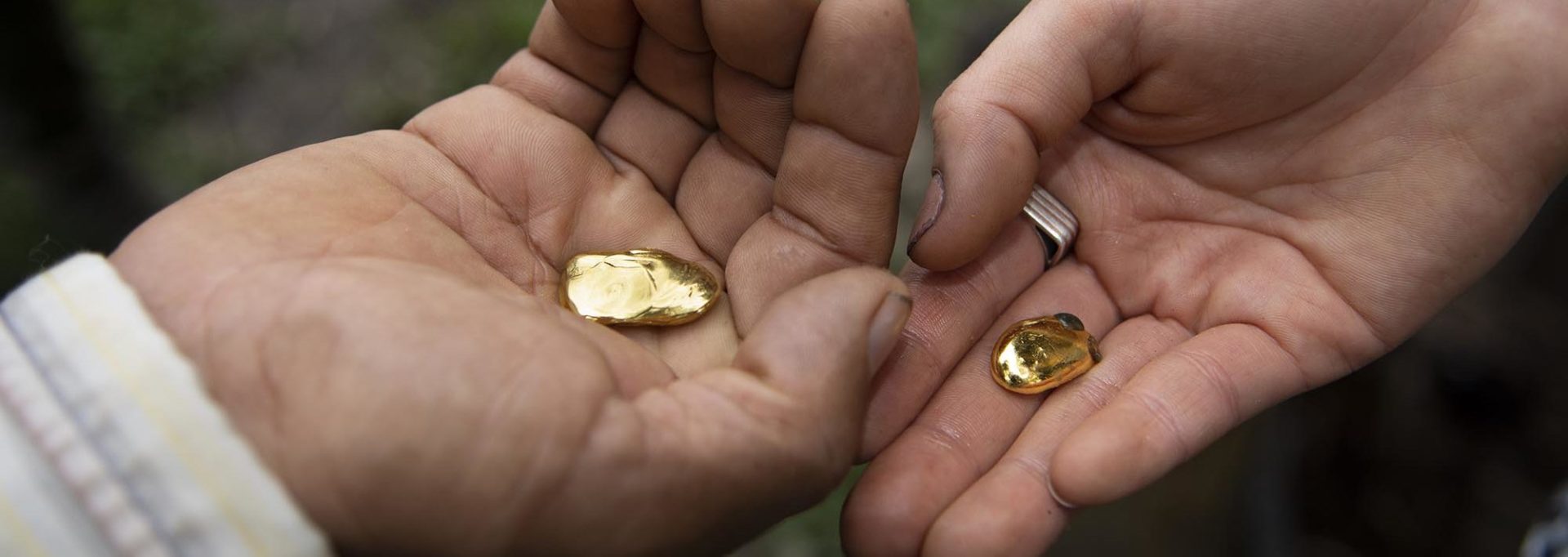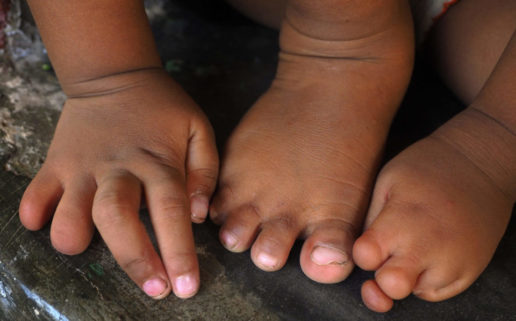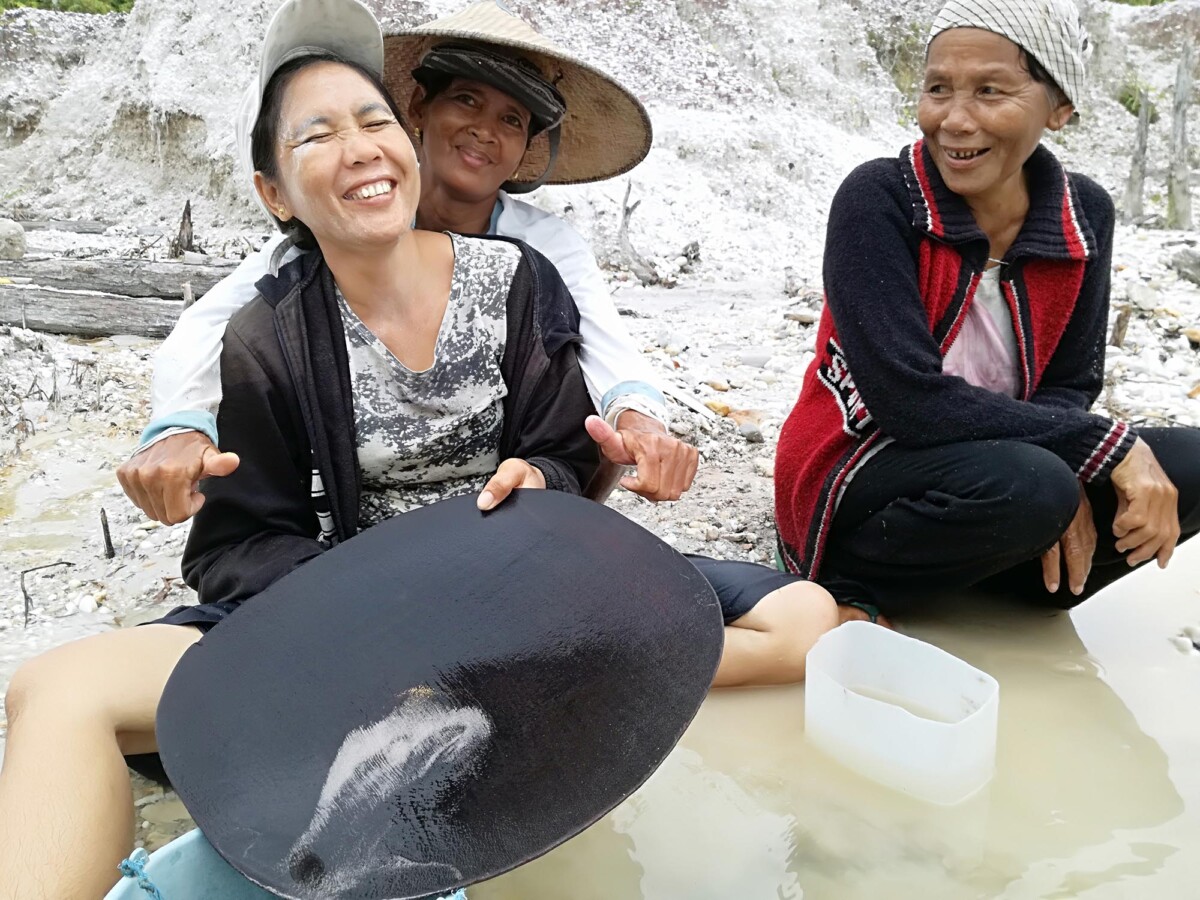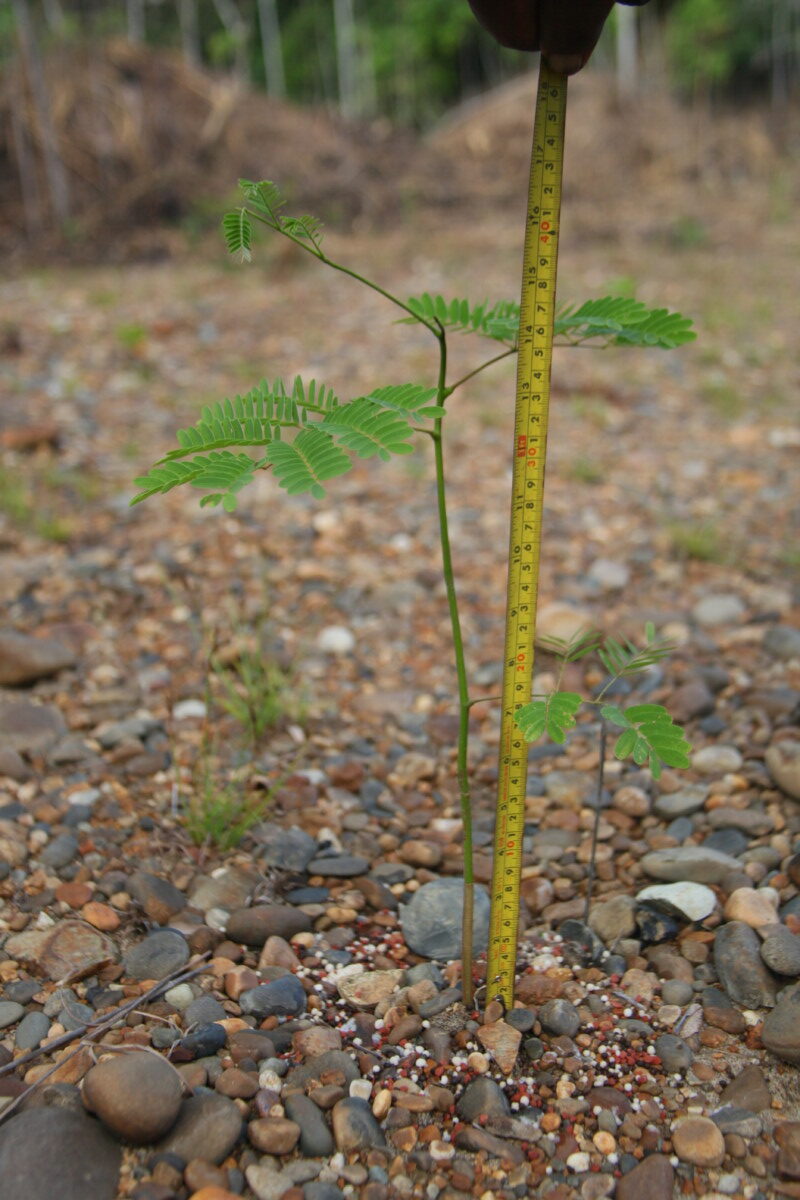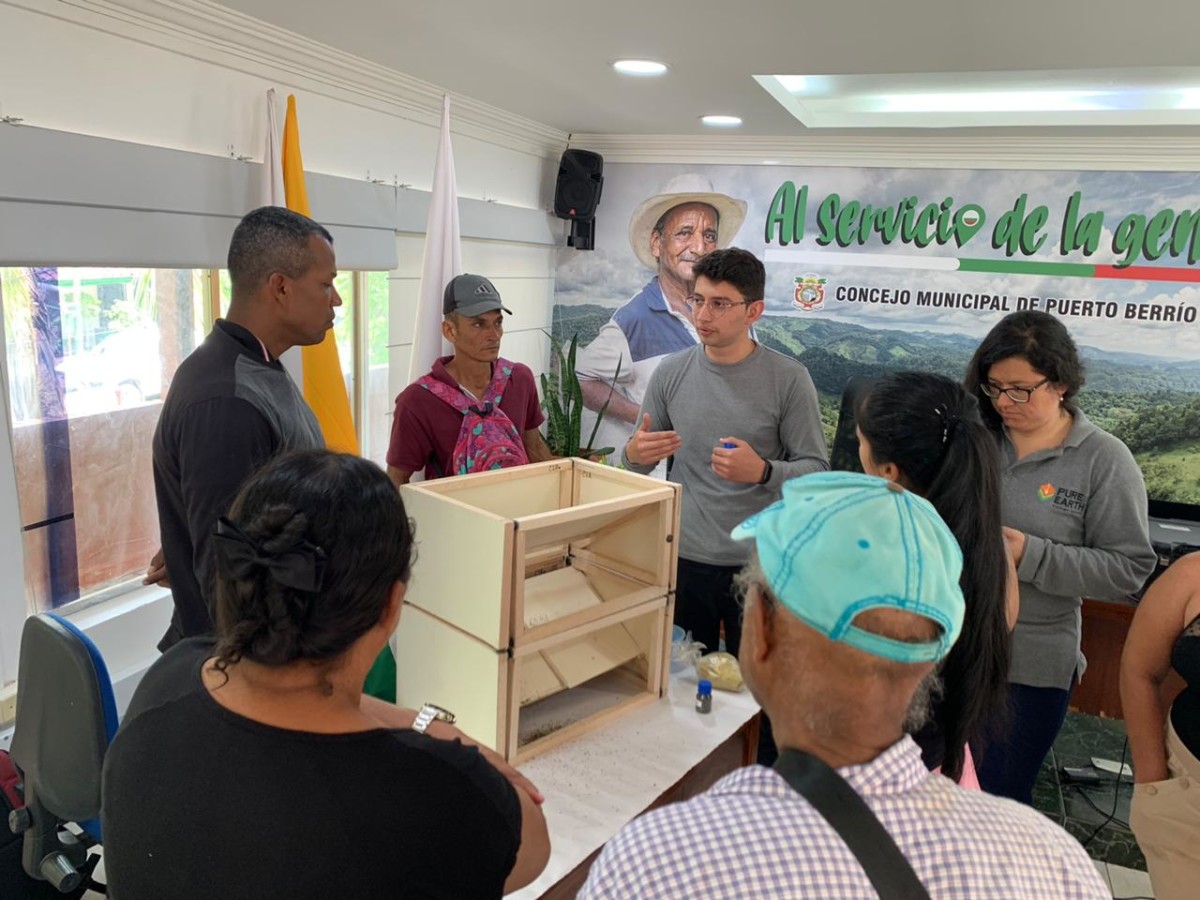Mercury Poisoning: Health Impacts
Mercury is a toxic heavy metal and one of the top ten chemicals of major public health concern according to the World Health Organization. Exposure to mercury can cause damage to the nervous, digestive and immune systems, as well as the lungs, kidneys, skin and eyes. Mercury is particularly dangerous to young children, babies in utero and pregnant women.
An extreme form of mercury poisoning – now known as Minamata Disease – was discovered in Japan in 1956 when a chemical factory released methyl-mercury wastewater into Minamata Bay, contaminating fish and shellfish.
Pure Earth’s Toxic Sites Identification Program has identified and assessed over 500 sites around the world where exposure to mercury threatens the health of the population.
Photo: Larry C. Price
Severe mercury poisoning can result in limb deformities.
Top Source of Exposure: Mercury Poisoning from Artisanal and Small-Scale Gold Mining
Artisanal and small-scale gold mining (ASGM) is the leading source of mercury pollution globally. There are an estimated 10 to 15 million artisanal and small-scale gold miners worldwide, including 4 to 5 million women and children. ASGM activity releases an estimated 2,000 tonnes of mercury into the environment annually. Up to 20% of the world’s gold comes from this highly-polluting mining method (UNEP Global Mercury Assessment 2018).
Many ASGM miners use liquid mercury during the gold mining process because it naturally binds to gold, and is used to separate gold from rock, dirt and other materials in mined ore or sediment. This mercury is burned off in the gold separation process known as amalgamation and results in the discharge of dangerous mercury vapors inhaled by miners and their families and released into the environment. The vapors condense, settling in soil and waterways where it transforms into methylmercury—one of the most toxic organic compounds and a powerful neurotoxin.
According to the United Nations Environment Programme (UNEP), an estimated 2,000 tons of mercury is released annually from ASGM, representing about 35% of all mercury released in the environment globally. The mercury released contaminates rivers and oceans, fish and other marine animals, and eventually the global food chain.
Learn why and how small-scale gold miners use mercury:

